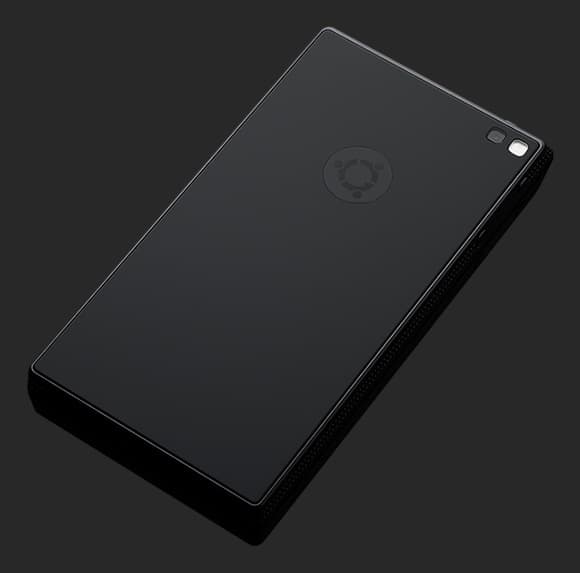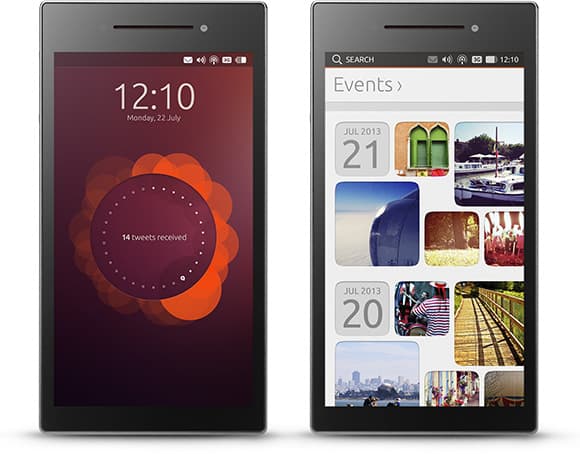Abhishek Rawal
You don't need to do that.
haha, how blasé of you 😛 Its very convenient to have a button at the front that can perform the equivalent of Win Key + M (or Ctrl-Alt-D in Ubuntu) , to quickly get rid/minimize of whatever running application you have so you can quickly exist to desktop view (lets say from browsing CE or playing a game) and run another app, e.g call someone or message. It certainly works well in existing android/iPhone platforms. This button can also be programmed to perform other custom actions.
In terms of mid-range & low-end phones, Also the population is maximum in Asian countries the statistics says so.
Well, lets look at it at a different perspective. Data demand is increasing exponentially at all regions, whether its due to information sharing, video streaming, etc. We can say that on one hand, this is because there are devices which enable consumers to use and enjoy all this (smartphones & tablets- powerful devices with high end capabilities).
On the other hand, the telecommunications infrastructure was developed to allow high speed, reliable and low latency access. Whilst GSM/CDMA evolved through WCDMA, and now LTE, the consumer habits change to rely on their mobile devices to perform functions that were previously reserved for computer usage only.
Why I pick on LTE is from the simple fact that it is a great enabler for consumers to further move away from the desktop computing paradigm into a mobile one. LTE is the
real broadband on the go- fast speeds with low latency. I've tested this technology many times, 1080p video streaming, video conferencing and multiplayer gaming was flawless.
And why do I believe African & Asian countries are the hottest? In Africa, wireline broadband to each home is not so prevalent. Its expensive to roll out from scratch, even with government subsidy. So that's where LTE comes in. Telcos who were hesitant to roll out 3G due to high costs can find that LTE brings a more cost effective ecosystem. You can also cover huge swaths of areas with a few base stations, with varying population densities. That's why there is a strong drive for telcos in Africa to invest in LTE radio access and backhaul. Once you have this in place, consumers will rely more on their mobile devices, even up to high end ones because they enable the experience they would have with a computer.
In Asia, well.. Japan & Korea are pretty much pioneering LTE to further levels (LTE-Advanced already commercialized!), and are the perfect example of the shift of desktop to mobile paradigm goes in terms of media experience. China will soon experience a similar wave. In South East Asia, demand for tablets has increased 32%, more than laptops. At least in Malaysia, there is very strong demand for high end devices.
In India, well, you are the best judge of that. All I can say from being in the telco industry is that the demand of telco equipment there has increased there even more than before. In fact, India is considered THE hottest telco market. 3G had some troubles deploying there, but LTE will surely be more successful. Sure, more first time consumers are tending towards low and mid range phones as income rises, but surely there is a significant proportion of users in India that has the economic propensity to obtain higher end phones, significant enough to compete against Europe or US?
At the end, when LTE matures over time, populations that benefit the most from the shift to mobile devices will drive the market. Not just US or Europe. They are certainly not the only prime movers. People will use their mobile devices for a lot of things, thus high end devices will always have strong demand worldwide.
... hence why I wondered, if Ubuntu will limit to just 2 bands 😛



